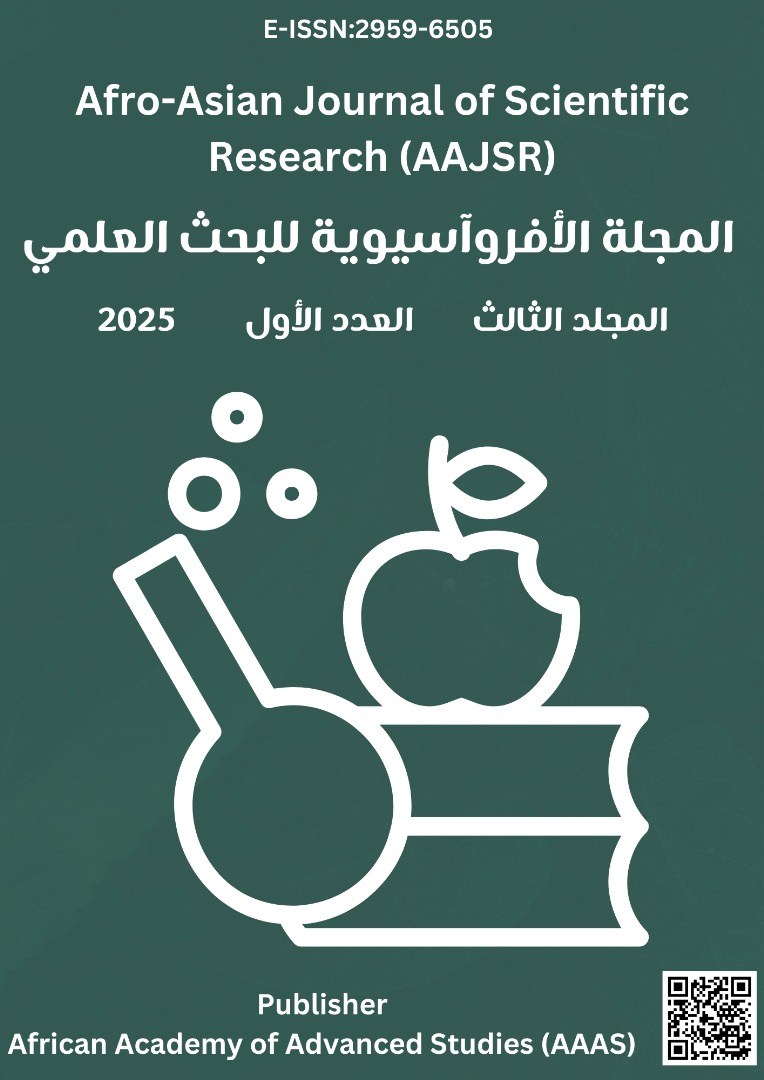Phytochemical Analysis of Libyan Urginea Maritima and Its Potential Antibacterial Activity
الكلمات المفتاحية:
Phytochemical، Urginea Maritima، Extract، Bioactive and Antibacterial Propertiesالملخص
This study investigates the phytochemical composition and antibacterial properties of Libyan Urginea maritima powder extracts. Phytochemical analysis identified the presence of secondary metabolites, including flavonoids, glycosides, tannins, and terpenes, while alkaloids and saponins were not detected. The total phenolic content (TPC) of the extracts was quantified in gallic acid equivalents (mg GAE/g), with the methanol extract exhibiting the highest TPC (36.56 mg GAE/g), followed by the chloroform extract (18.36 mg GAE/g) and n-hexane extract (7.17 mg GAE/g). Similarly, the total flavonoid content (TFC) was highest in the methanol extract (13.63 mg QE/g), with the chloroform extract (6.41 mg QE/g) and n-hexane extract (4.80 mg QE/g) showing lower values. The methanol extract demonstrated notable antibacterial activity, producing inhibition zones of 12 mm against Staphylococcus epidermidis and 10 mm against Staphylococcus aureus. These results highlight the potential of L.U. maritima as a natural source of bioactive compounds with applications in managing oxidative stress and microbial infections. Further studies are warranted to isolate and characterize the active constituents, which may lead to the development of novel therapeutic agents.






